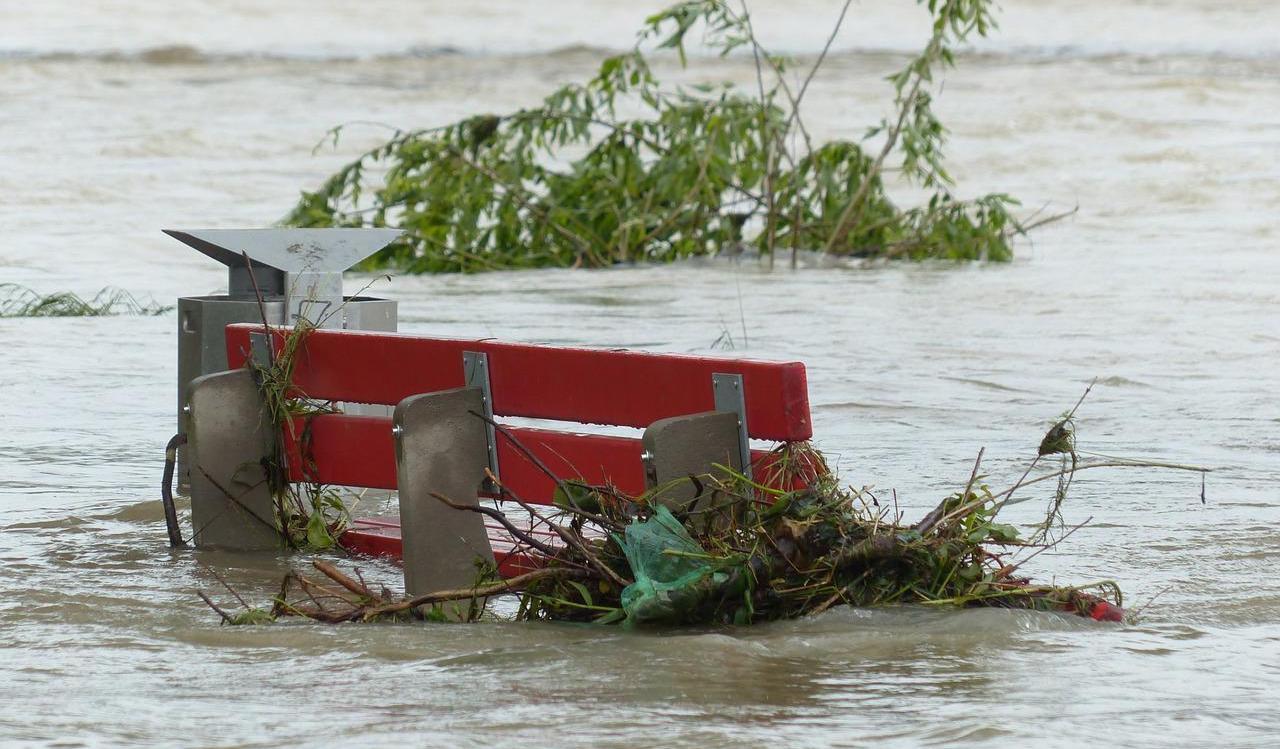How a Flood Wall Can Help Public Works Departments During The Wet Season
Though the wet season comes at different times across the United States, as it always presents possible challenges and dangers to local communities. In fact, flooding is the most common, costly, and deadly disaster threat in the U.S.
It's the job of local governments and their public works departments to address heavy rains and flooding conditions to limit damage as much as possible. But despite their best efforts, it's not always a straightforward solution on how to best protect all the residents and businesses in a community.
Flood control on its own is a difficult task, and aging water infrastructure can clog or erode, easily making the situation even more complicated. But public works departments and adjacent agencies can make this process simpler by adopting flood walls in their prevention and deterrence plans.
Challenges Public Works Departments Facing During Times of Flooding
Flooding presents multiple challenges to a public works department, with often no clear idea of how it should be best addressed. These challenges are high-priority issues that carry a serious risk of compounding out of control if left unaddressed. And tending to all of them intensifies the costs and risks of deploying any flood management system.
Water Diversion and Movement Control
When water levels start rising, departments must take action to keep people safe. A big part of this is diverting water, or building run-off channels that control the amount of flooding in any one area. Along with this, they have to direct people to keep them away from potentially dangerous areas.
Rising Water Levels
As water levels get higher, the risk of damage rises as well. Vehicles can get waterlogged, making it tougher for people to get to safety. Damage that rising water inflicts on infrastructure worsens the issue further. Public works departments need to work fast to avoid long-term harm and destruction to community buildings, streets, and other infrastructure.
Overwhelmed or Inadequate Street Drain Systems
Storm drains help carry rainwater away from the streets. However, if the flooding exceeds the capacity of the drain pipes, the water overflows, often carrying sewage to the streets along with it. This exposes anyone in the water to many contaminants and health risks, some of which people may not even realize at the moment.
Once the water subsides, the waste will be left behind on the streets and in the areas that flooded. This waste will need to be cleaned up. The cleanup can be costly. To prevent such a costly cleanup, public works departments must prioritize managing overwhelmed and inadequate street drain systems during floods.
Prevention of Movement for Emergency Services
Fire departments, police, ambulances, and other first responders are unable to move quickly and adequately when floods make roads inaccessible. As a result, it can take a long time for emergency services to reach every location that needs their support.
How a Flood Wall Can Improve Safety and Other Outcomes
A flood wall is a cost-effective way to quickly protect areas from flooding. Unlike sandbag dikes, which take a huge amount of sand and hard labor to set up, these barriers are easy and effective at diverting water. They can also save on cleanup costs after the floods, which can be high with other solutions.
The water diverting features of flood walls make them one of the best options for flood control in multiple environments and scenarios.
Easily Deployable and Moveable
Flood walls are light, making it simple to place and move them around to help you redirect water away from high-risk areas. The barriers will need to be positioned in the correct manner to divert the water current, giving it only one direction to continue moving in. Since it's so easy to place flood barriers, you can quickly extend your flood wall in length as long as necessary.
Once the water levels have subsided, you can also quickly collect, clean, and store away flood walls.
Long-lasting and Durable
Flood walls are made of robust, water-resistant materials like aluminum or composite materials and have no moving parts that could be vulnerable. Internal reinforcements and a strong foundation keep them upright against heavy currents despite their lightweight. This enables them to block or divert water, depending on how you intend to use them.
Since the material doesn't absorb water, the barriers are also easy to wash down with just a garden hose after the flooding. This way, you can easily get them ready for the next time water levels rise.
Self-anchoring
With some flood walls, like NOAQ's boxwall, you don't need to add any materials to weigh them down. Instead, because of the wall's design, the weight of the water anchors it in place to withstand the strength of the current without tipping.
This means that you only need to carry the walls themselves, without getting weighed down by any additional materials. It also makes the walls faster to deploy and remove, allowing for the smoothest process possible of both protecting an area and cleaning it up after the water subsidies.
Ability to Retrofit Shape
Temporary flood walls are individual barriers that you can place together to redirect flowing water in whatever direction you need it to go. Since barriers are separate, you can shape the wall according to your needs and environment — meaning walls can fit at curved angles, fit snug against sidewalk curbs, and other surroundings. This makes them an effective tool not just for redirecting water but even for slowing and stopping water in highly diverse settings.
The NOAQ Flood Wall That Public Works Departments Need
NOAQ flood walls are easy to set up and store and provide public works departments with a cost-effective solution to flooding. They're lightweight, weighing only 14 to 32 lbs per box, depending upon the size. They are self-anchoring, making them simple for anyone to set up by simply setting them securely on the ground. Check out our NOAQ Boxwall and see how it can benefit your public works department this wet season.


